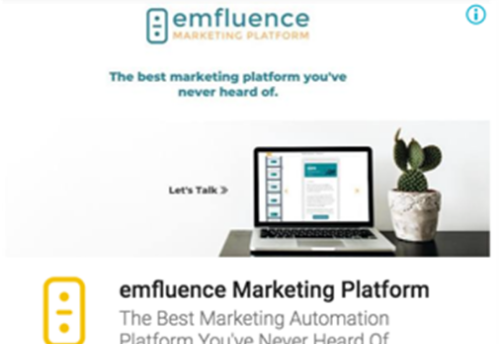Customer acquisition is only a small piece of your audience’s marketing journey. Oftentimes, marketing efforts are successful in bringing customers onto a website, but your website isn’t grabbing the baton when it’s time to finish the race. This is where an oftentimes overlooked piece of digital marketing comes in, conversion optimization. Many people know the phrase, but believe this part of strategy can only be accessed by user experience pros.
It’s time we take the veil off of conversion optimization. Here are 5 useful tips to use during your website relaunch.
Tip 1. Ask questions.
This is the foundation for all conversion optimization. Sometimes, the best strategy for site improvement is simply forgetting what you already know about your brand. Put on a new face and jump into your site, making notes about any areas that you find confusing, boring, or strange. Treat your website with the “eyes of a child” strategy: attempt to question every decision your team made when building your new website as if it is the first time you have encountered this action (on any website) in your life. Once you get your initial notes, grab some user recordings and do it all again. The more movements you can see on your website, the better idea you will have of how users are interacting with your site elements. In addition, marrying heatmap data with paid/organic keyword data can greatly assist in understanding which keywords need new content (or a landing page) to improve conversions.

100% of your customers will be new to your website. Ensuring new users have a clear path to the most important aspects of your website (either products, popular blog posts, or conversion metrics) will guarantee a great return on investment. User recordings are the perfect place to pinpoint where people are becomming confused. Every user should be able to understand the purpose of your business within 3 seconds of entering your homepage. Asking a variety of questions will give you an excellent outline to communicate future improvements to your development team.
Tip 2. Watch users use your website.
Implementing heatmap software on your website is an invaluable tool in understanding how your website is serving your customer. Google Analytics provides free in-page analytics, but this information does not include user mouse movements. By tracking the user mouse path, your team can begin to understand what is attracting your customer’s eye. After implementing heatmap software, plan 1-hour to sit and watch user recordings. No more, no less. Grab a notepad and pencil (or multiscreen), and start to jot down the general actions of individual user recordings. After getting your initial thoughts, create page heatmaps that aggregate all user data via click and mouse movements.
Many people choose to ignore individual recordings in favor of the holistic view of heatmap .pdfs; however, the individual user recordings are where we get the initial questions which can be confirmed by our aggregated data. The goal of watching live users is to begin to formulate a user story for every one of your visitors. With this information, we can clearly communicate to our development team changes that will make the user experience more optimized.

Tip 3. Learn what users do first.
Where are users bouncing from your site, and why are they bouncing? Using Google Analytics navigation summaries and heatmap software, we can determine which pages of our site have value and which are losing visitors. If you have established goals in Google Analytics, make sure to give a monetary value to each goal. Google Analytics automatically applies this value to each page of your website, allowing you to understand how each page is contributing to your primary goals.

Tip 4. Determine your customer acquisition lifecycle.
When building a paid search campaign, we envision droves of converting traffic right from the start. Unfortunately, this is not always the case. Oftentimes, specific landing pages and site content is needed to ensure visiting users receive the necessary information before a conversion. If your product is a SaaS (service as a software) or more expensive product, your paid search campaign is just the first step in acquiring a user. Take a look at your Google Analytics cohort analysis (a newer addition to Google Analytics) to get a feel for how often visitors are returning to your site. Once you know your visitor return rate, you can use this information to formulate an automated drip series utilizing emails and paid remarketing. When is your product on your customer’s mind? Are users returning after 1 day? Do any users return after one week?

Tip 5. Find points of conflict.
Do you know which part of your conversion funnel loses most visitors? Similar to curing a disease, the toughest part is often diagnosing exactly what the problem is. When working on conversion optimization, the emfluence team is often similar to Dr. House, sitting around throwing out wild ideas why users make certain choices on a site. Once your team understands where you are losing visitors, your developers can assist with suggestions on how to fix this issue. Using Google Analytics goal funnels (and virtual pageviews), heatmaps, and form tracking, your team can grab a clear picture of where users are giving up on your site and throw just the right message to save your visitor. By looking at heatmap data, you may determine that visitors are confused, annoyed, bored, or distracted. Each of these issues can be alleviated by updating the page elements or adding additional features (that are often inexpensive).

How has your conversion optimization process been so far? Do you have any questions about the information above or how to better your process? Send your feedback and tips to tbarnes@emfluence.com and your ideas could be featured in a future blog!
[more]



